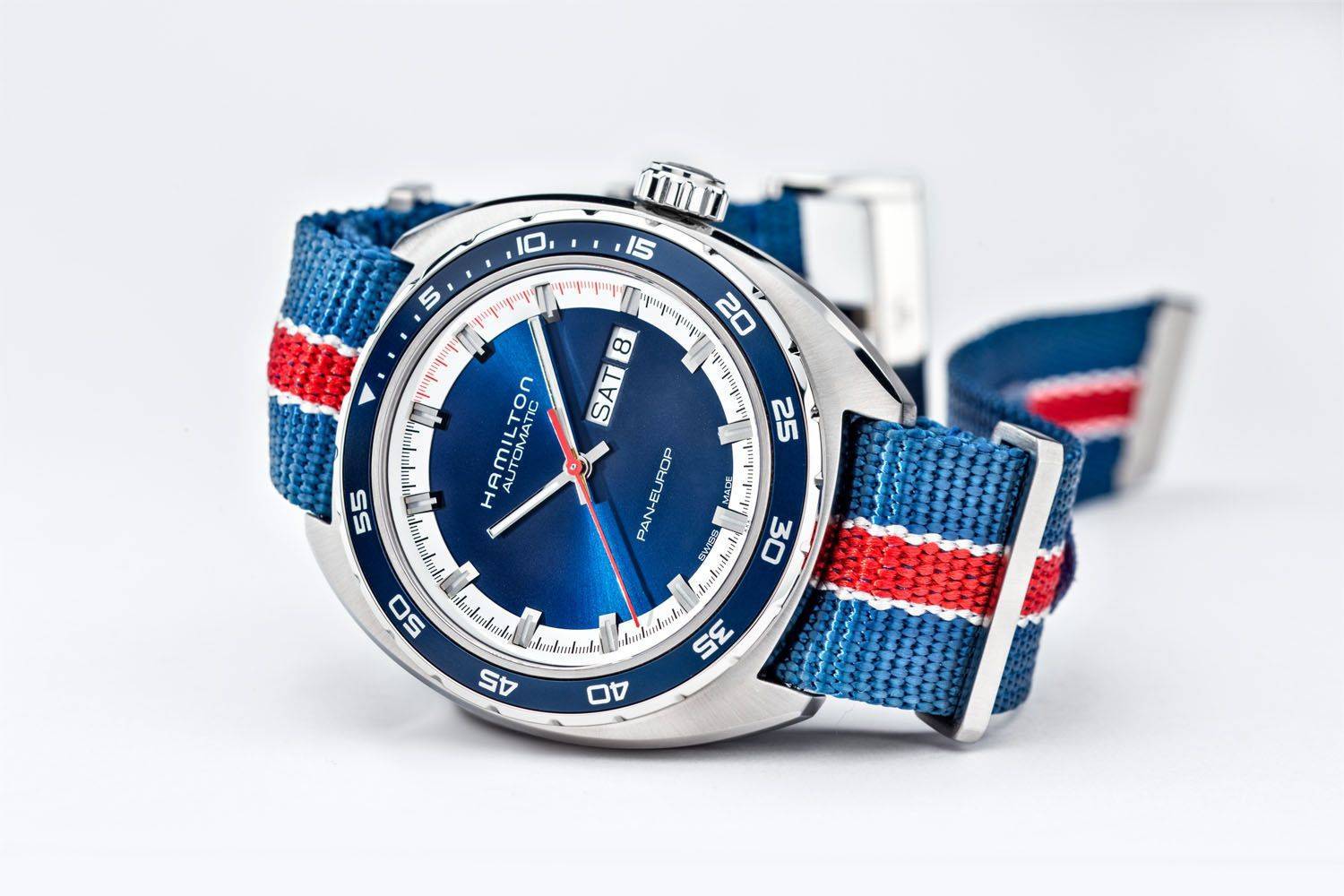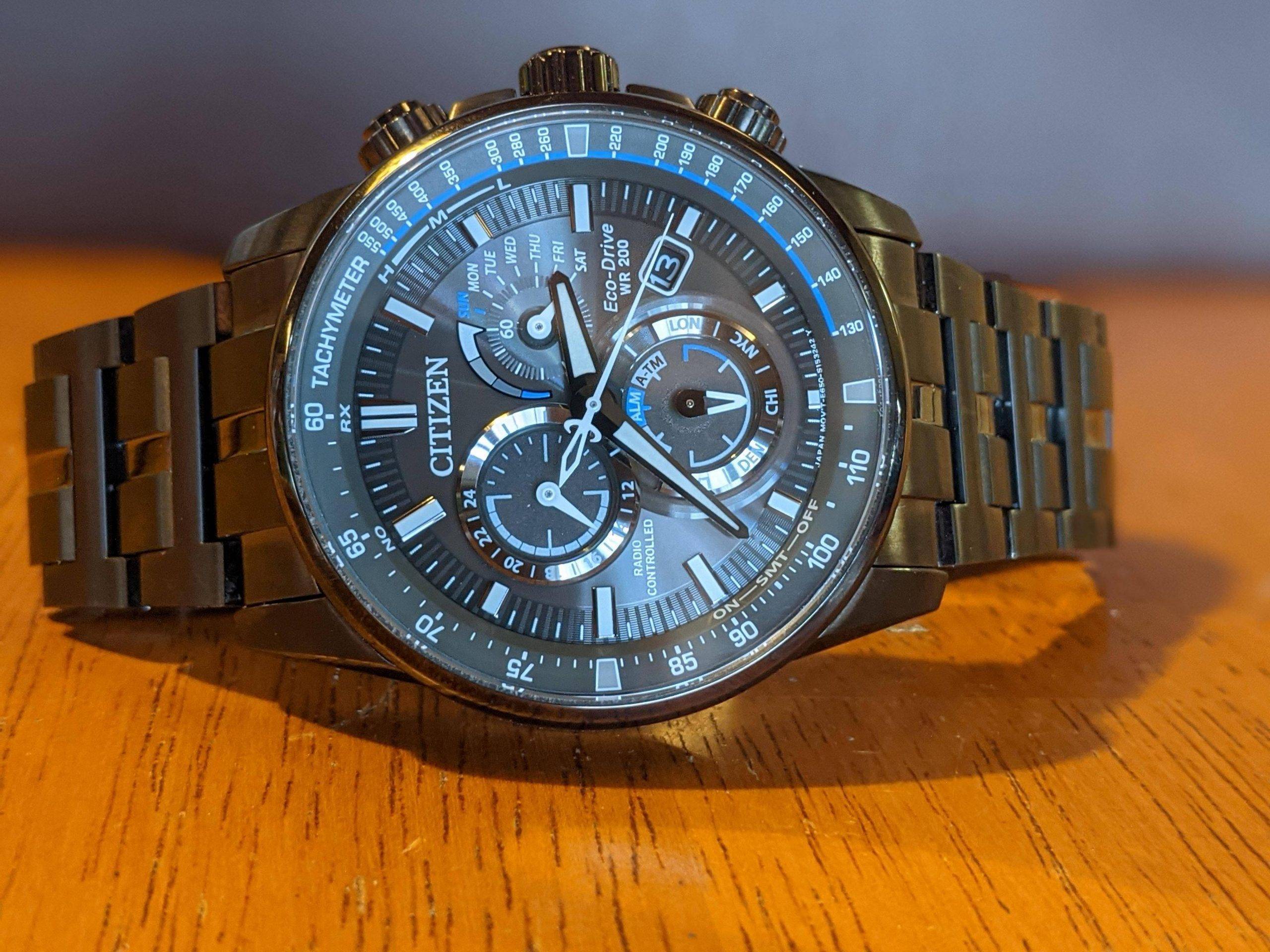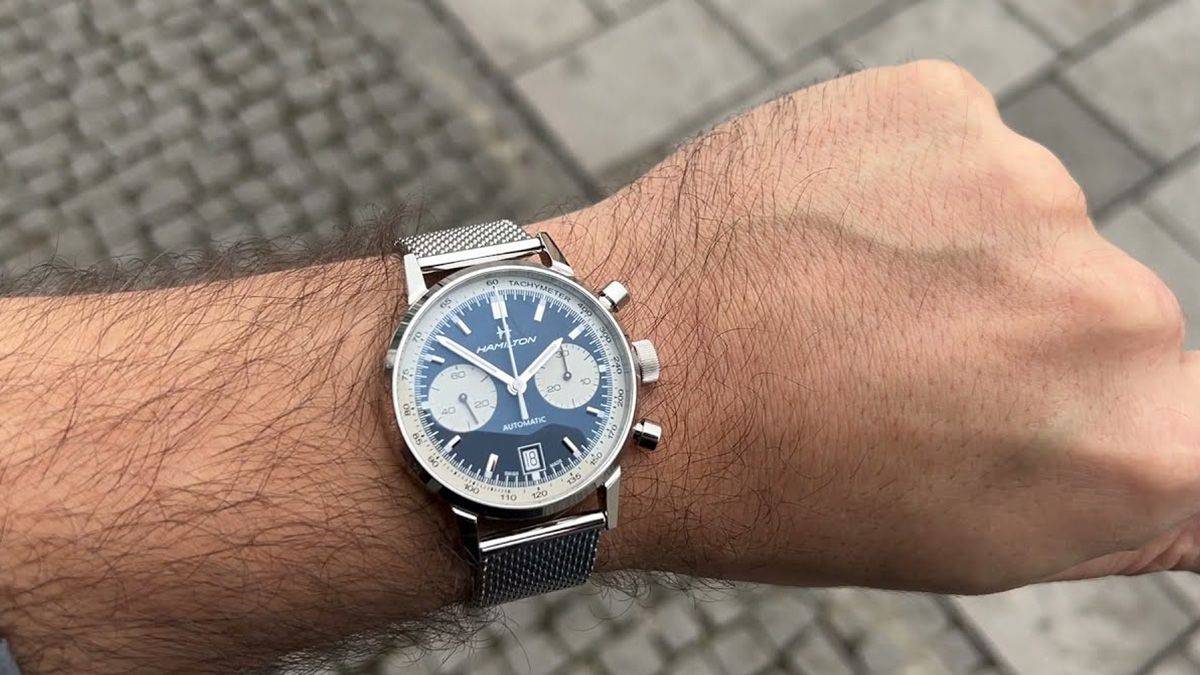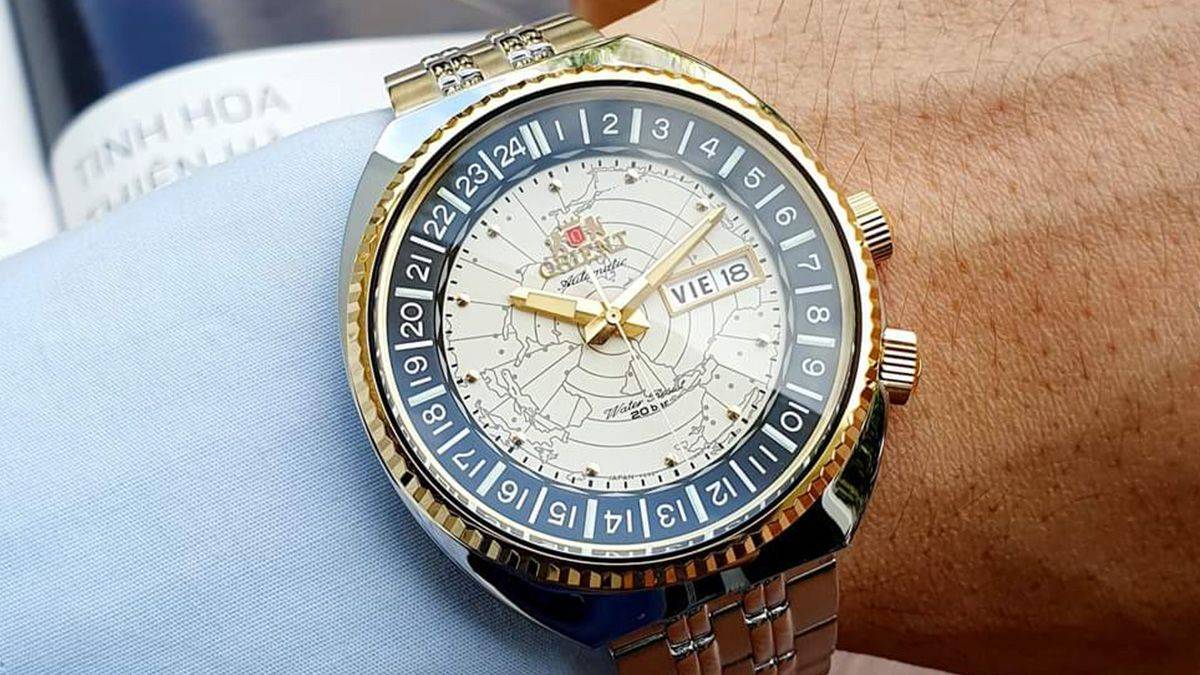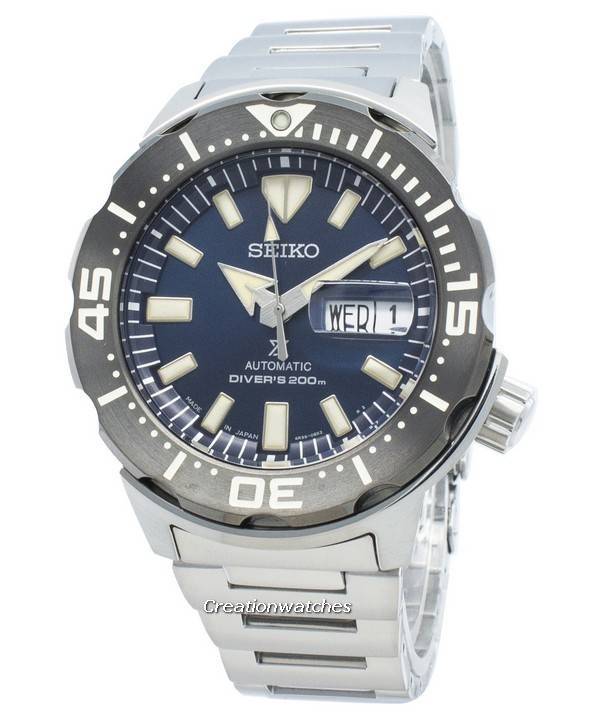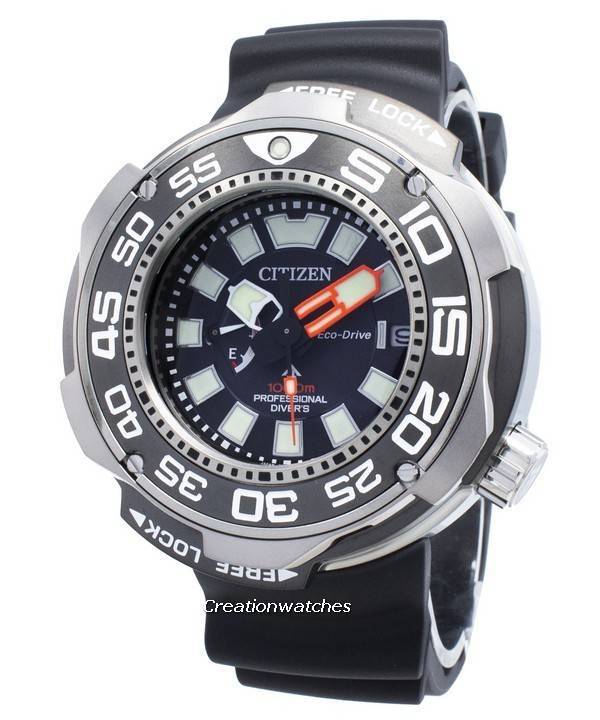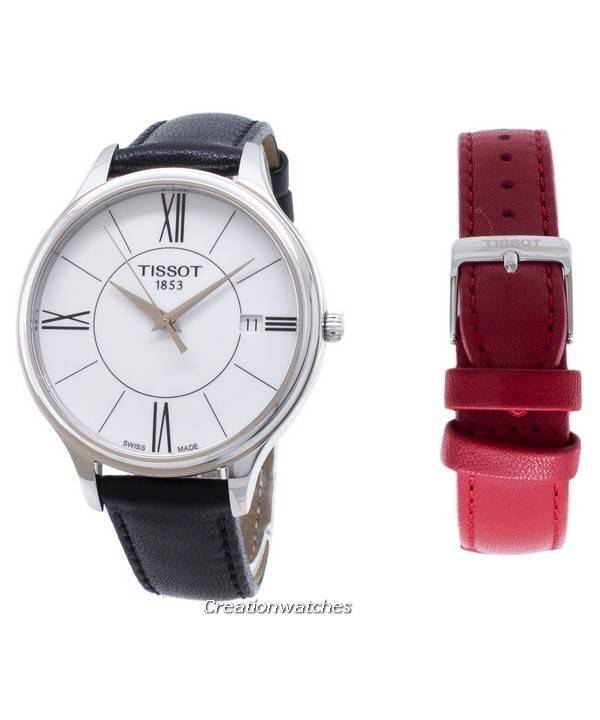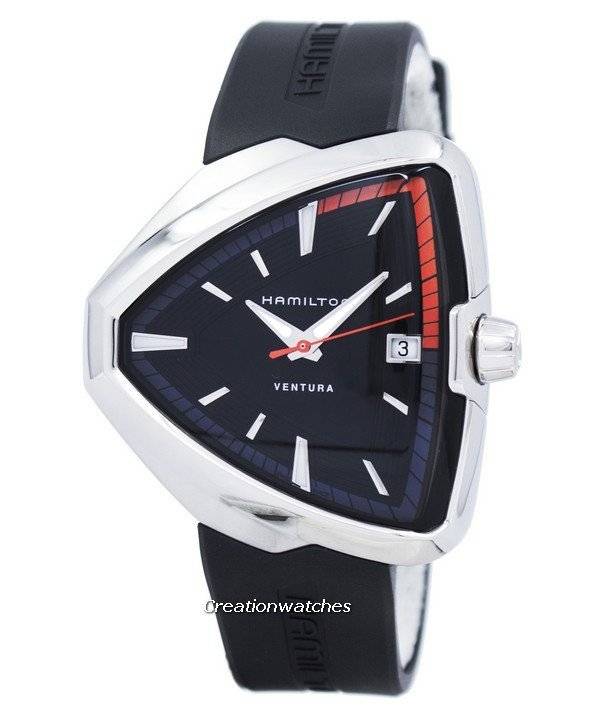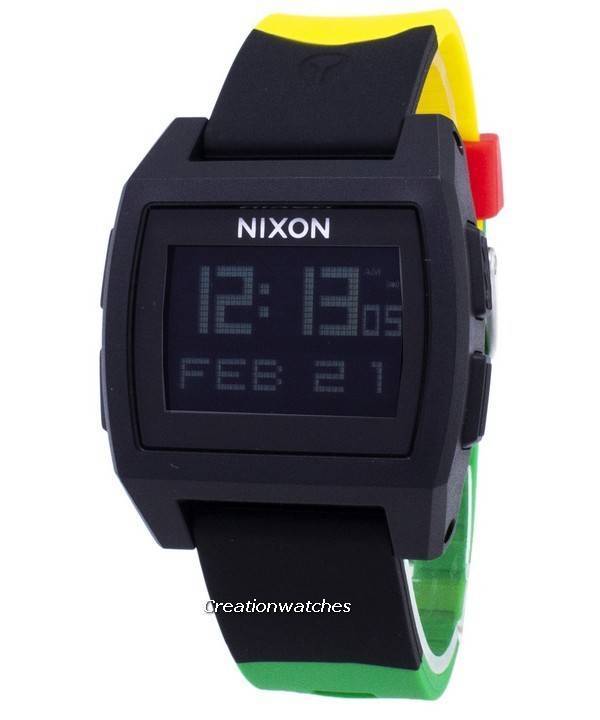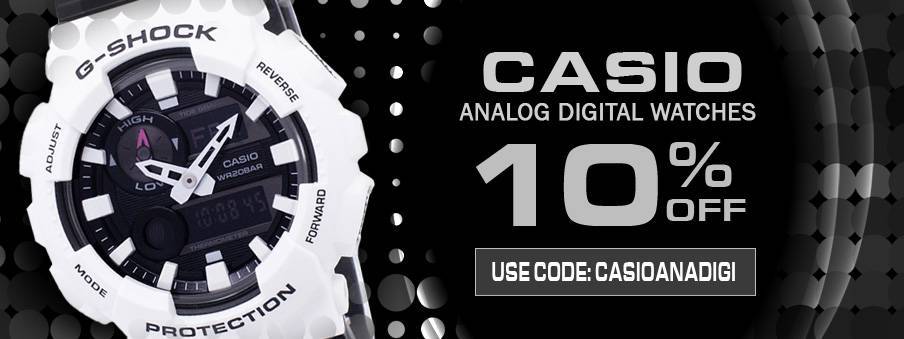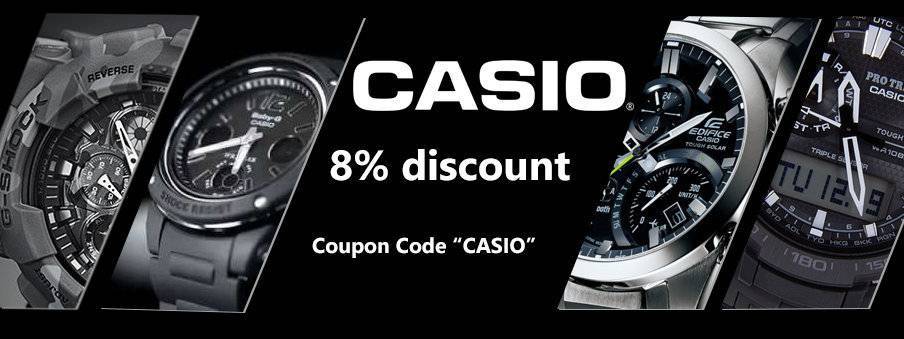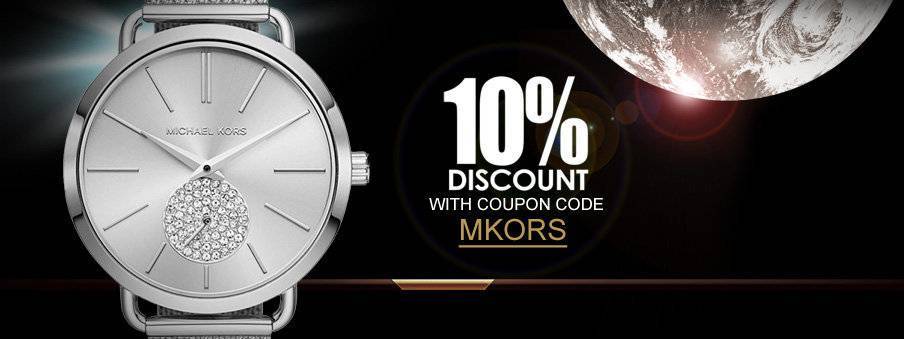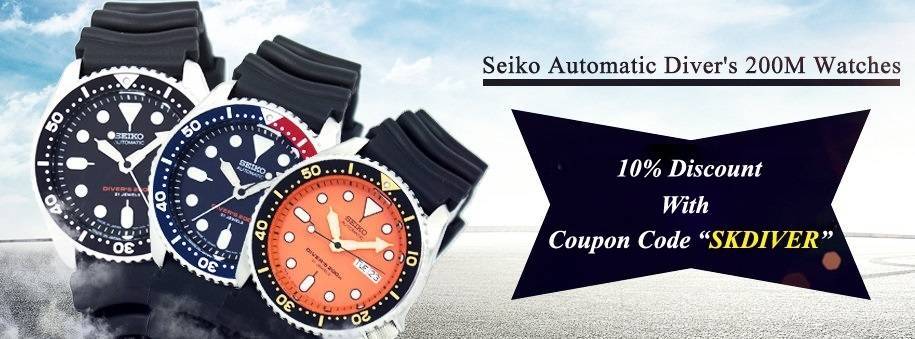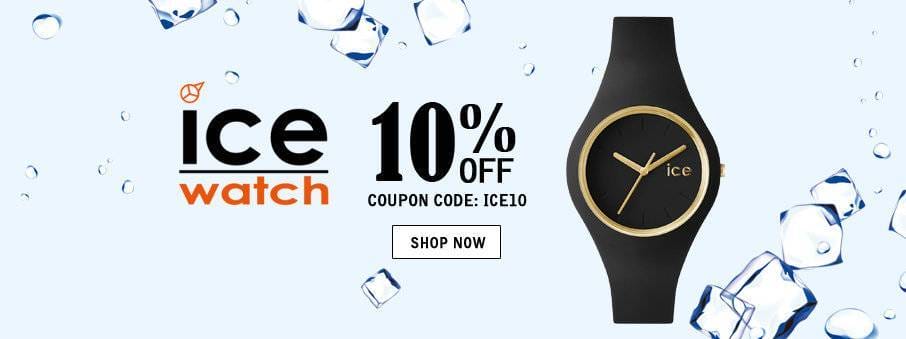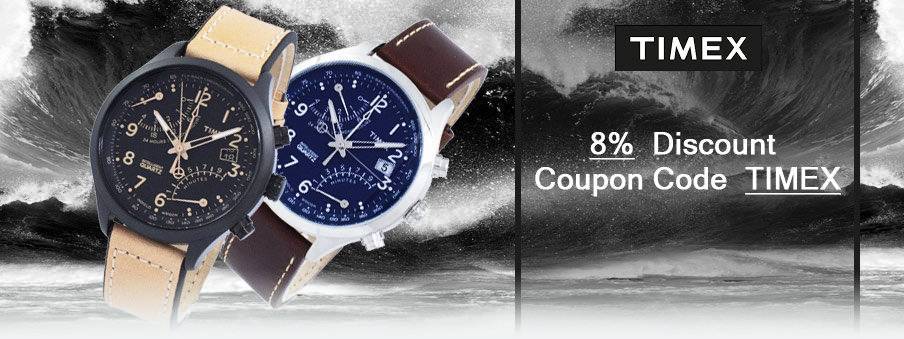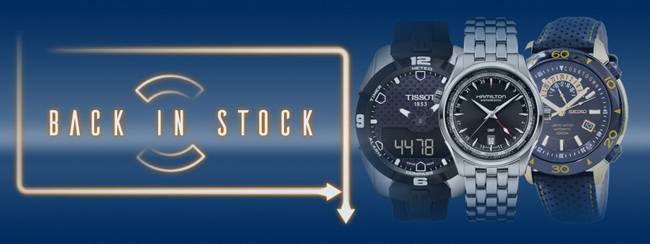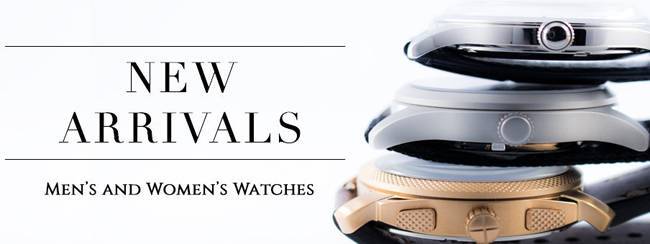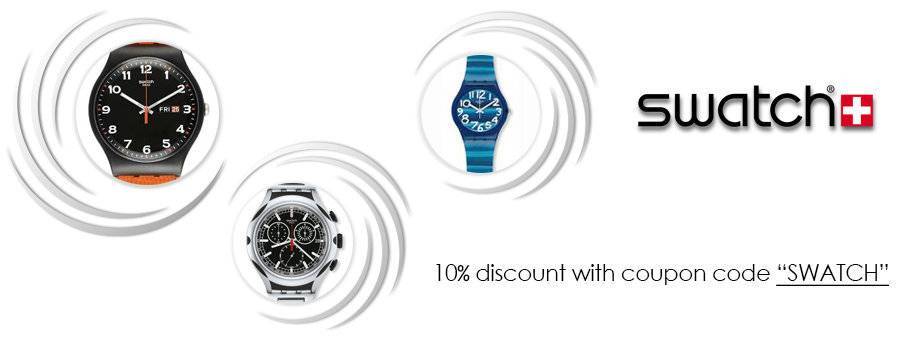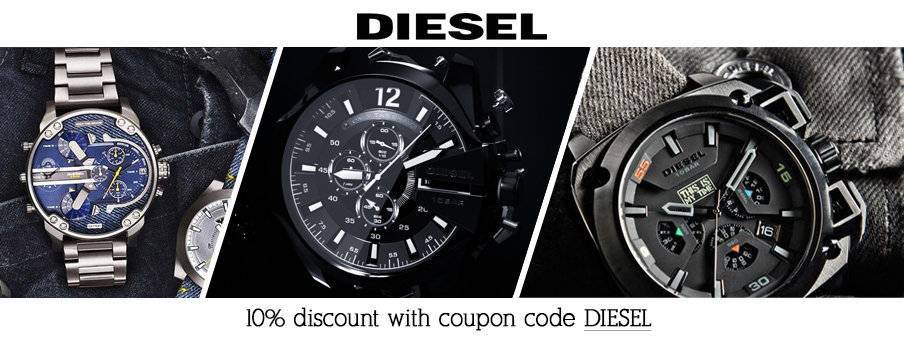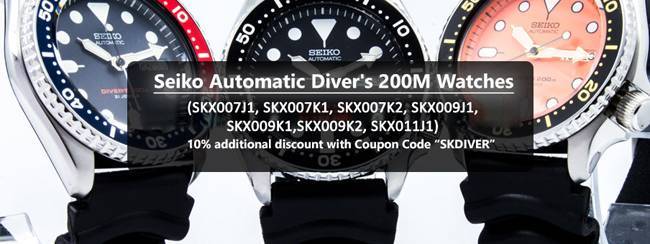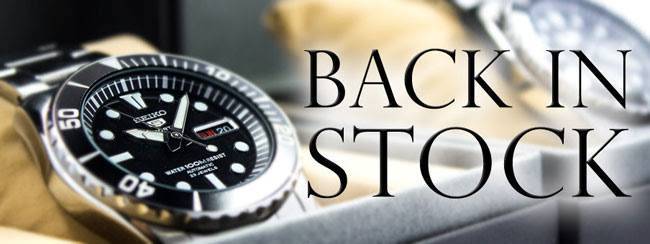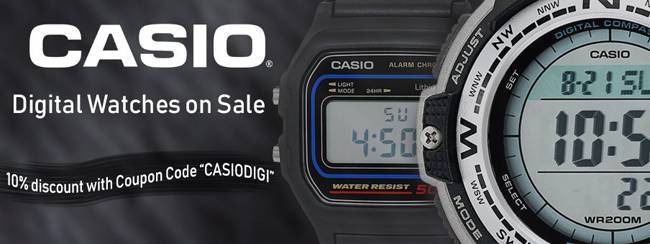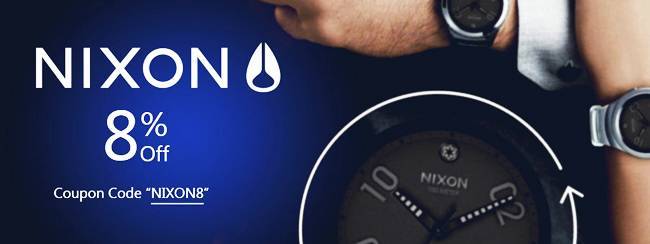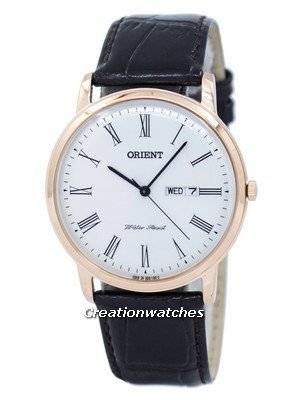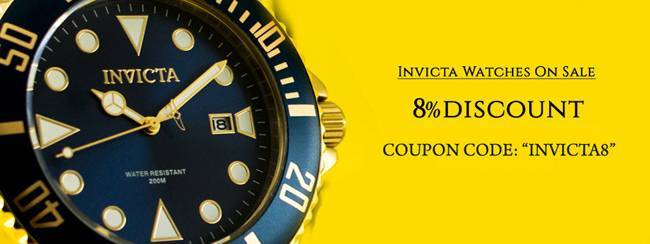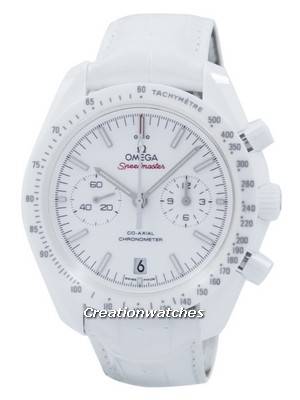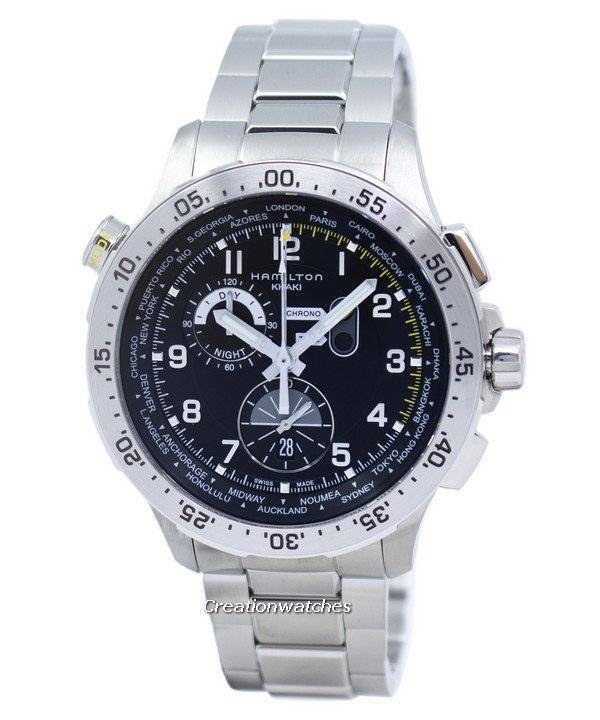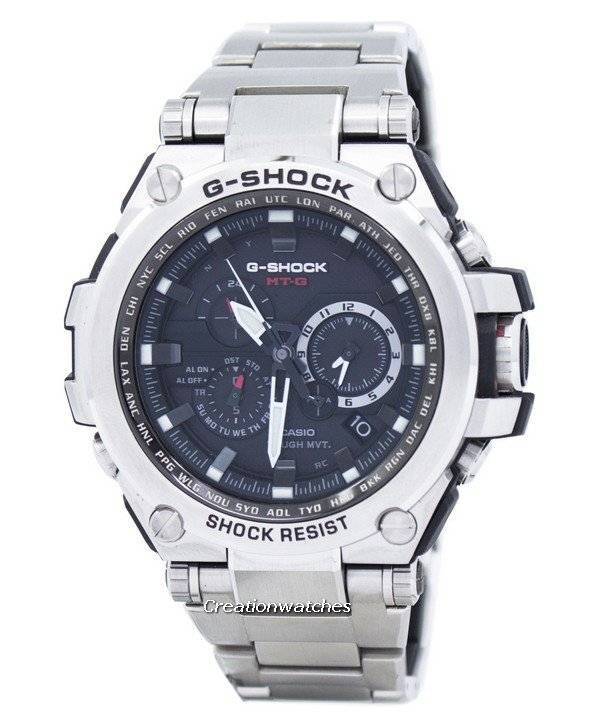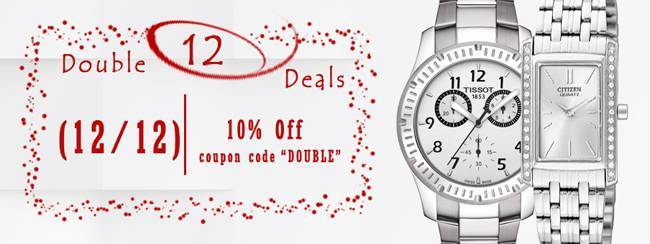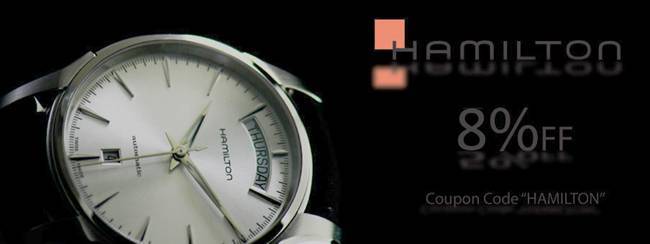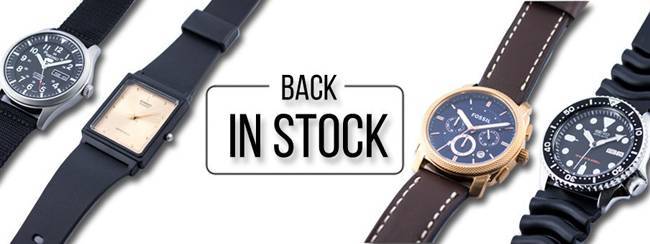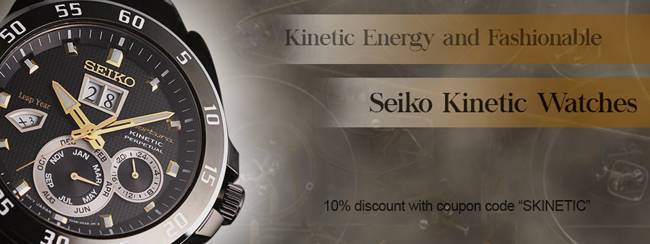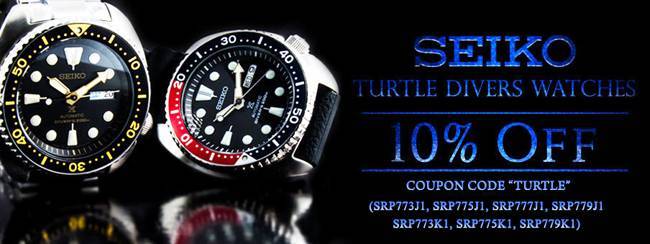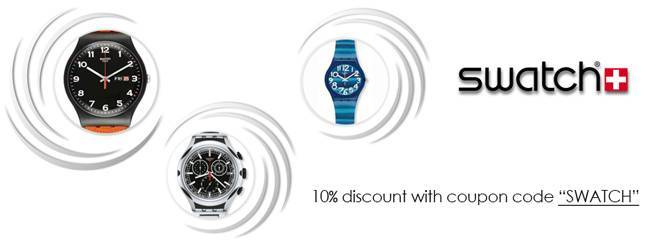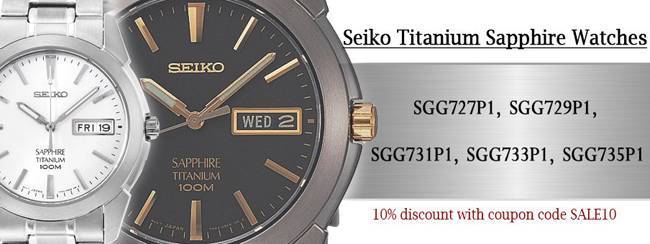When I asked Gonzo the first time which one he would prefer, he questioned back with the same ROI theory in mind: Which one generates more power within a given time span and for how long does it retain that. Now, he is no blind person and obviously he knew the technical sides better than I do, so the discussion was refreshing and ended well.
Sadly, with others, things often don’t go that smooth. Painful as it may be, I’ve seen more people going for the solar because they think automatics alike, your quartz watch will stop after 40-so hours if it’s off your wrist! No, gentlemen, here the rotor puts charge into the storage devices like the solar panel does with light energy; if it doesn’t get much wrist time, it will take only more time to get fully charged (that could be for months and years; depending on the model). In automatics, the rotor makes kinetic energy which it stores in the mainspring; in an auto-quartz, it generates electrical energy that’s stored in one or more electrical devices that we commonly term capacitors.
Gonzo, however, wasn’t blind to the facts. Seiko kinetic watches rely on more moving parts than a solar and common sense tells that fewer parts are better when long-term reliability is a defining factor. It definitely doesn’t point to automatics (they already got so many moving parts plus they are built like that) but when you are putting together more than one technology, it matters. However, with Seiko and their perfectionist’s attitude, this is a point we could finally overlook. That saved the discussion from getting overcooked.
The second query I posed was if he would still hold the solar dear if it’s a 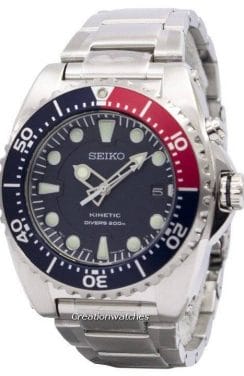 diver’s watch. He asked back if that watch is intended to be put to its real use or as a casual one.
diver’s watch. He asked back if that watch is intended to be put to its real use or as a casual one.
I answered – “both” – and he approved. –“What if just diving?” “Then I guess I’ll put the Kinetic before. In case my solar sees occasional wrist-time, it’s possible to have very little charge left and underwater, the light is a feeble one. I’ll go with the kinetic. I can rely on their power saving modes.”
Yes, this hibernation mode is also an interesting one. Kinetic watches sense movements. If there’s none within for 24 hours or so, the quartz movement will jump into counting time while the sensors will deactivate hands from moving. Kind of like a paralyzed person with a fully conscious brain. Whenever the sensors read movement, the watch displays current data. Some of the solars can also save power, but hibernation is not so mainstream among solar.
Foolish as it may sound, but it went down to the same question: Which is the better of these two? Gonzo’s answer was short: “I told you, already.”


